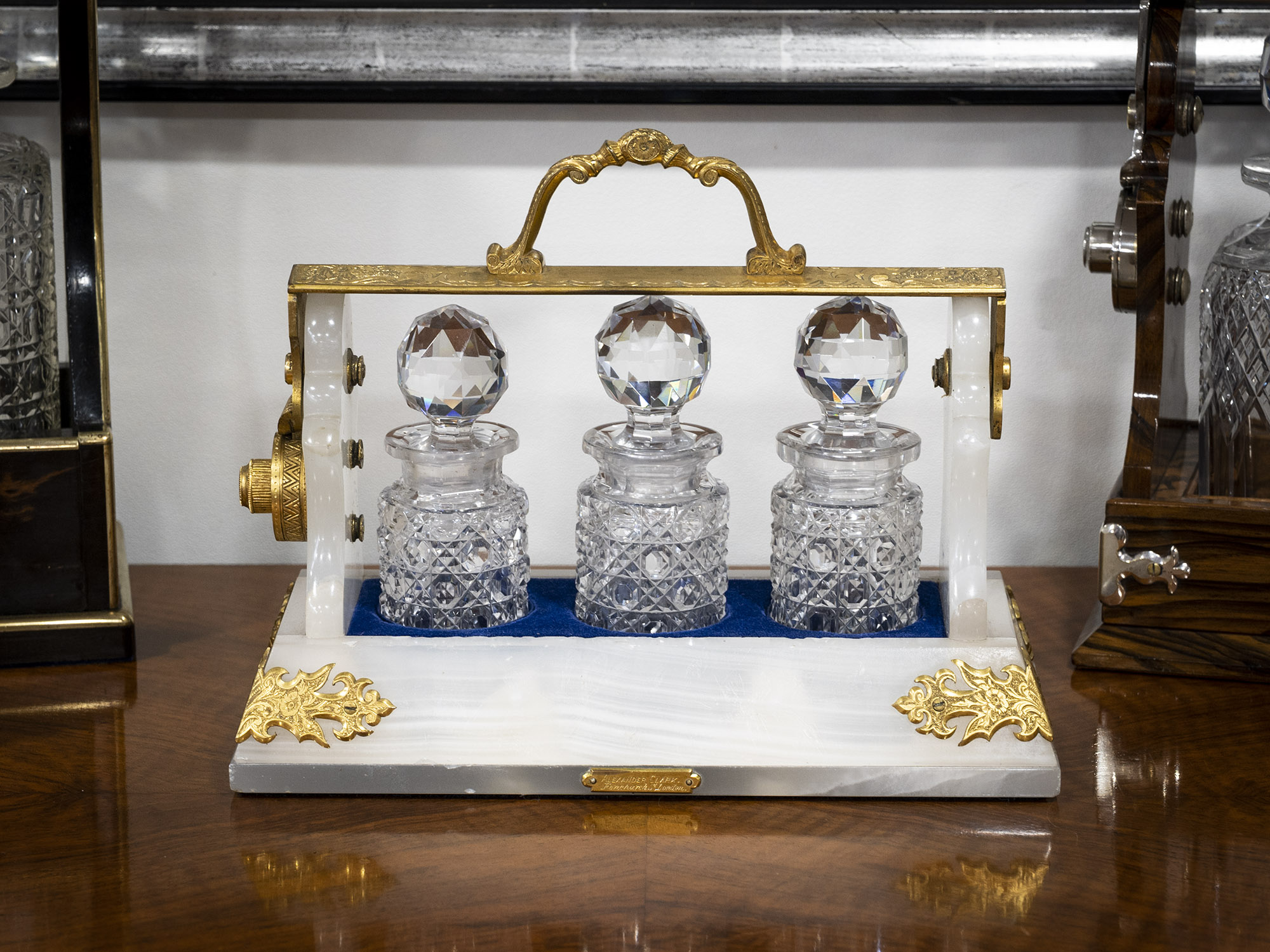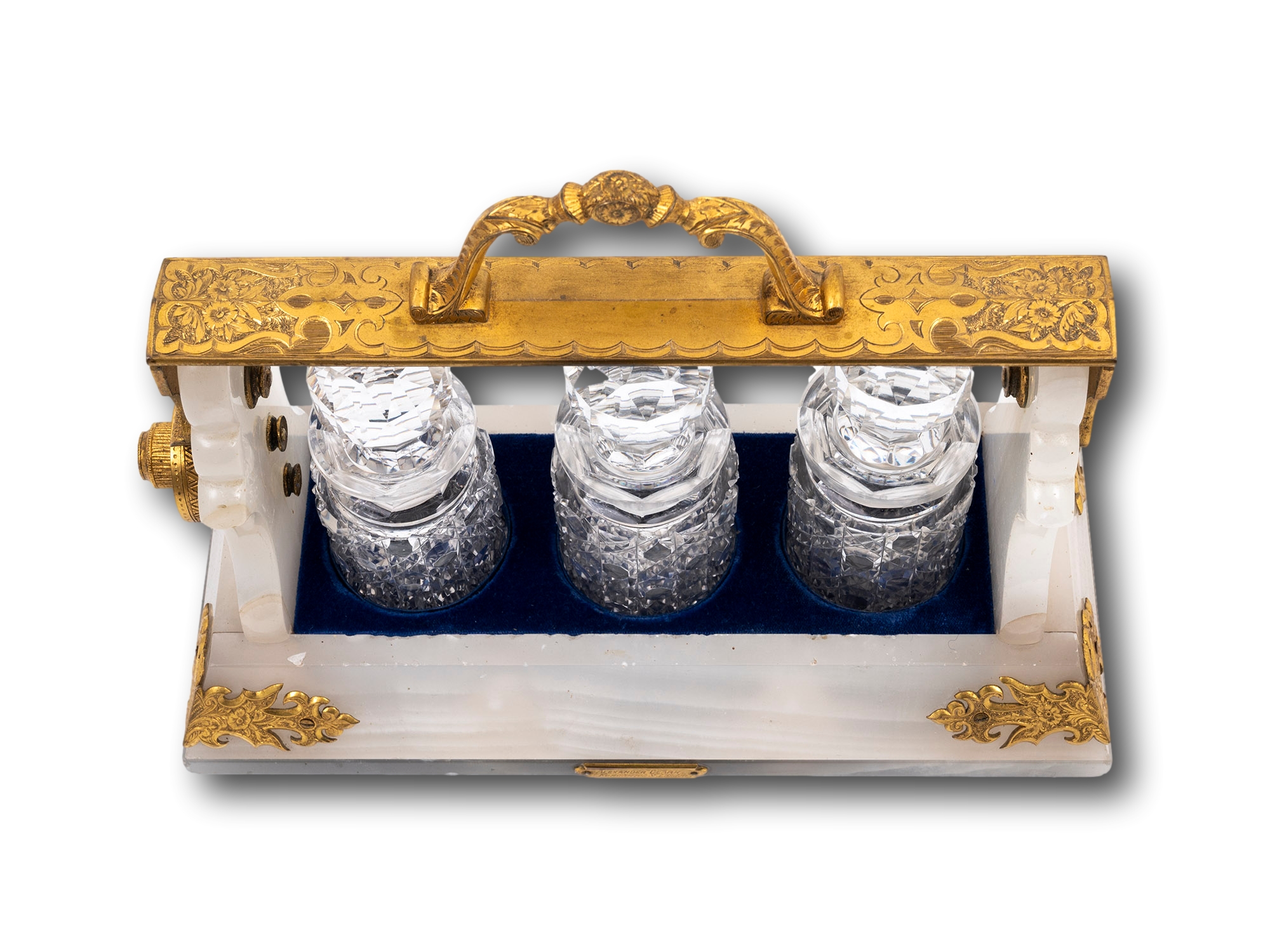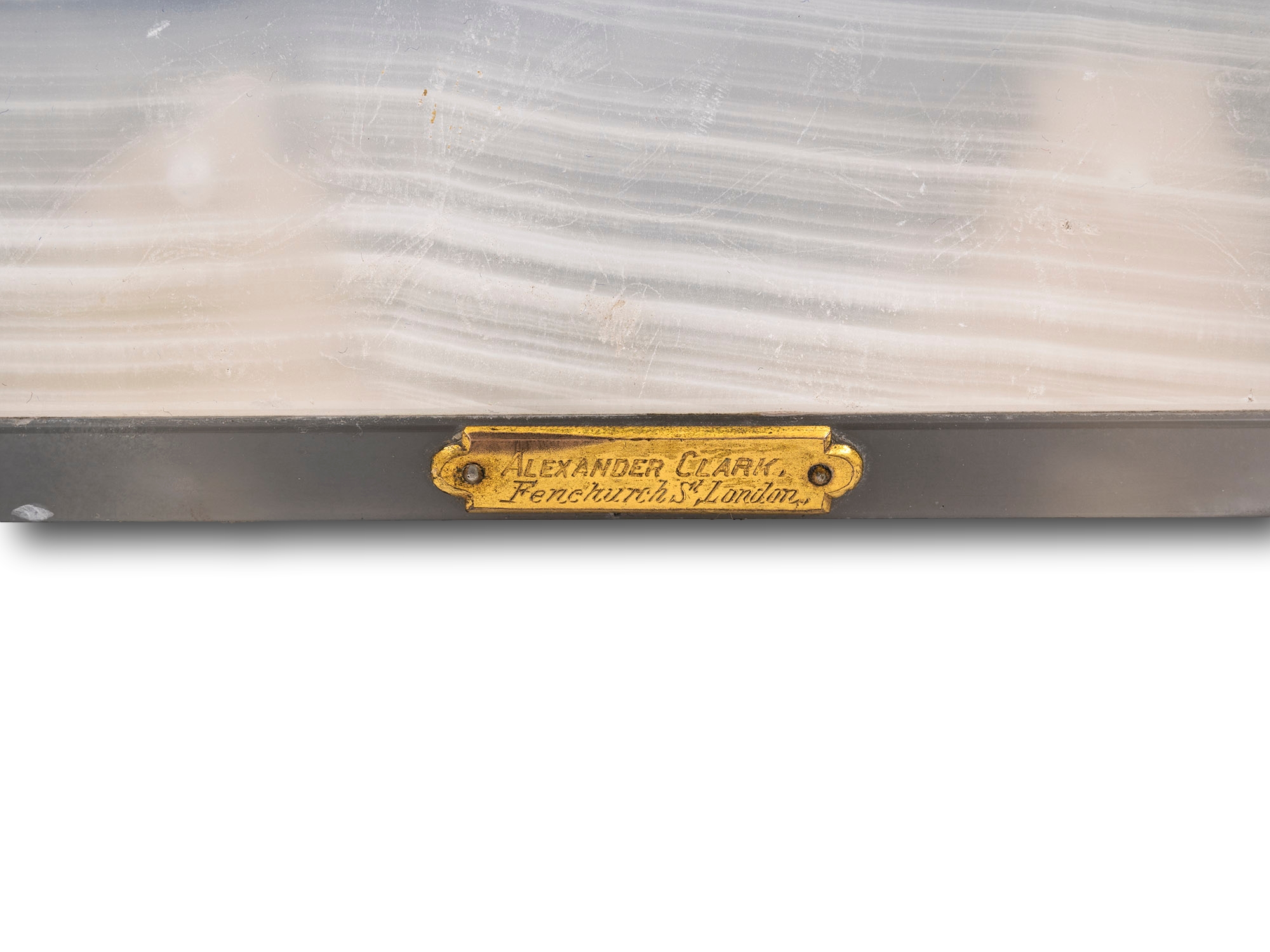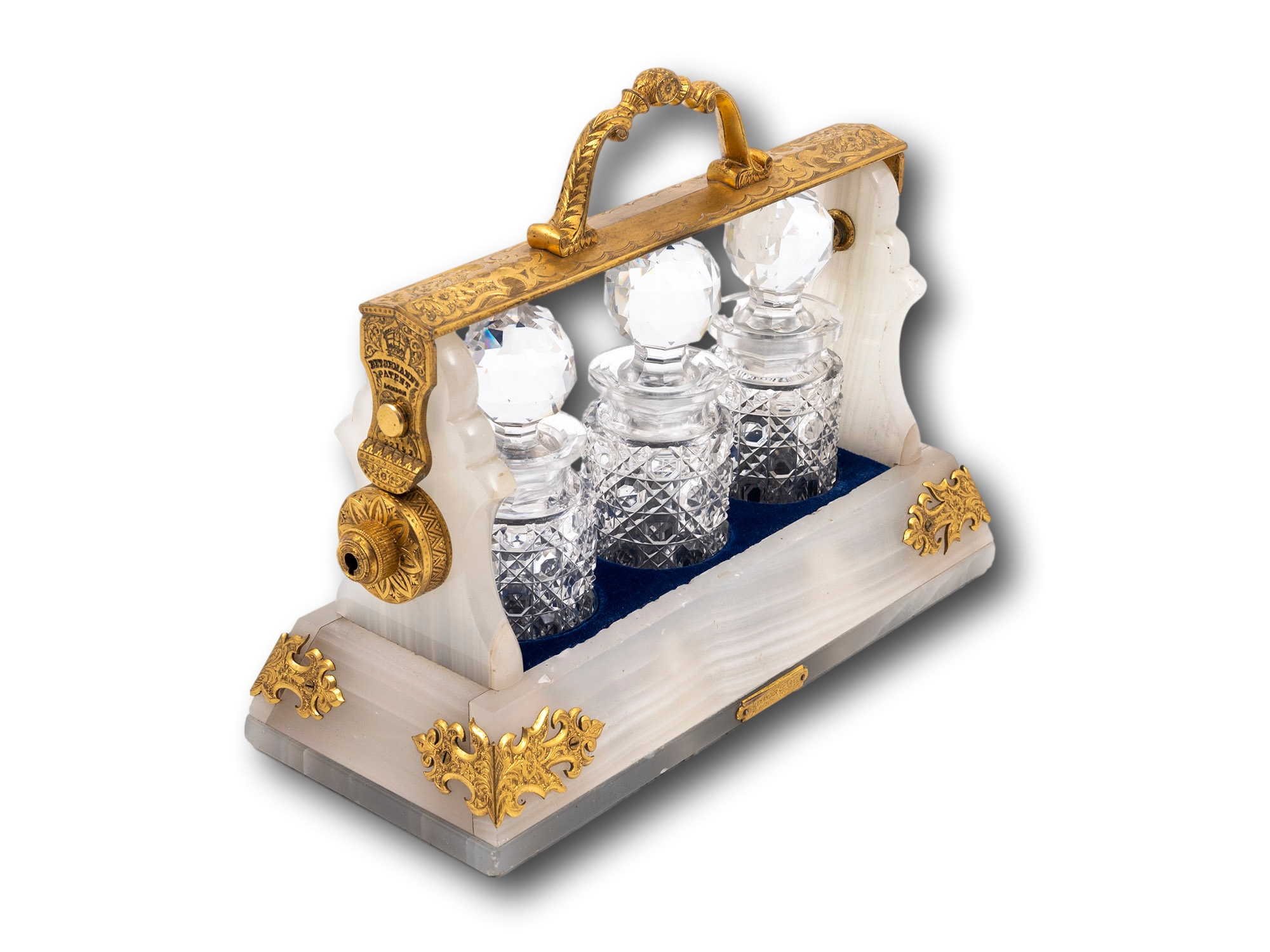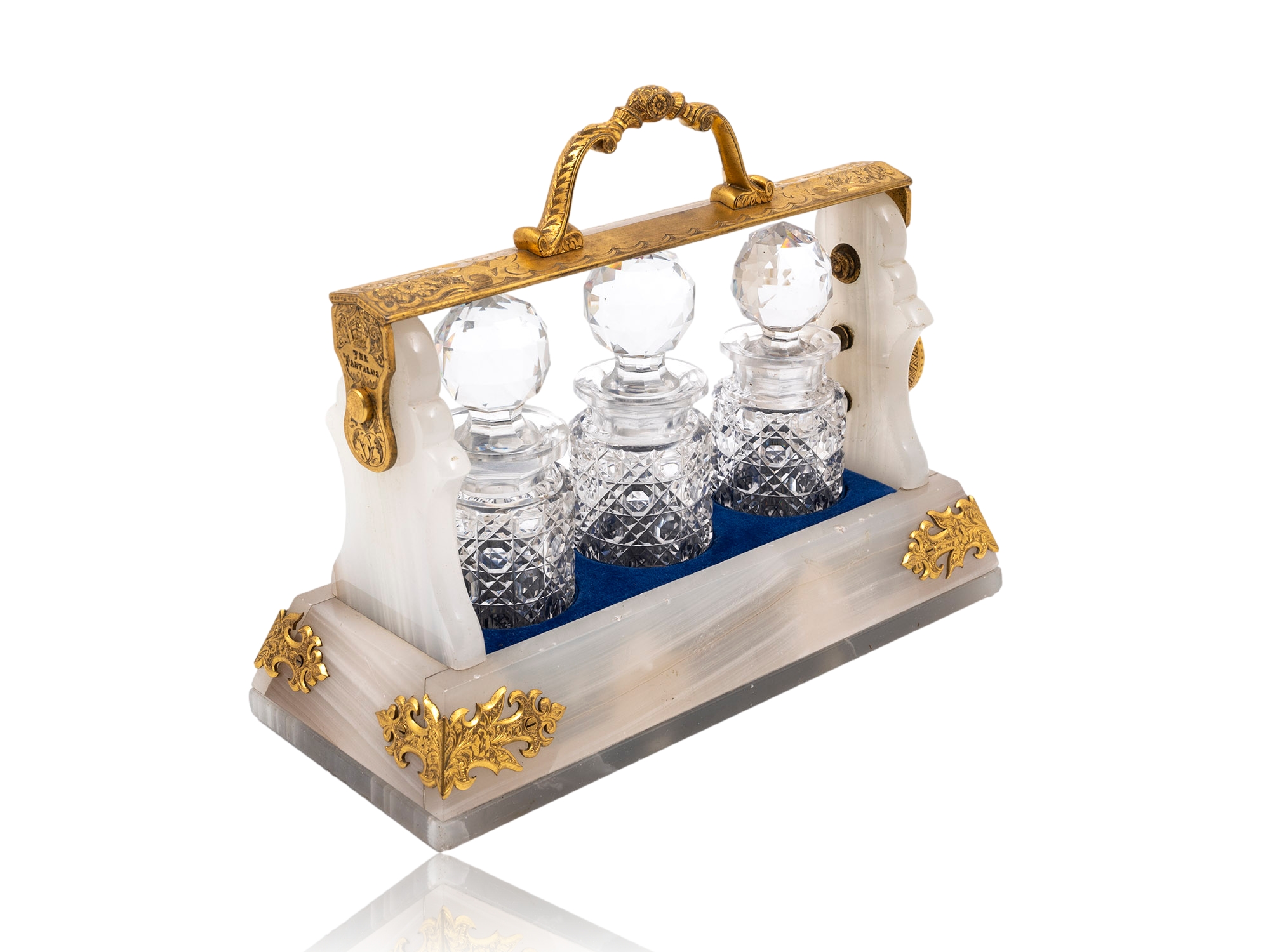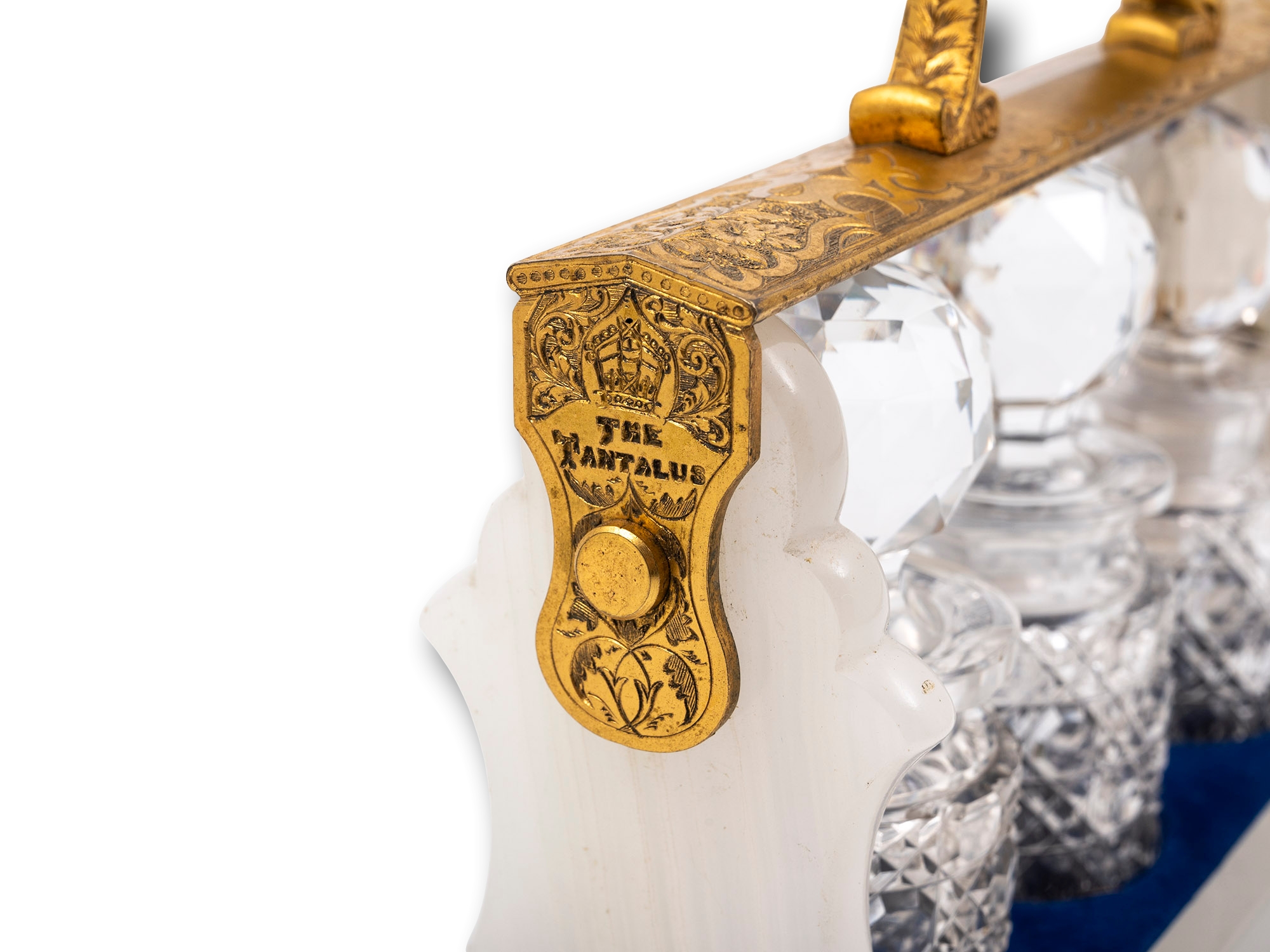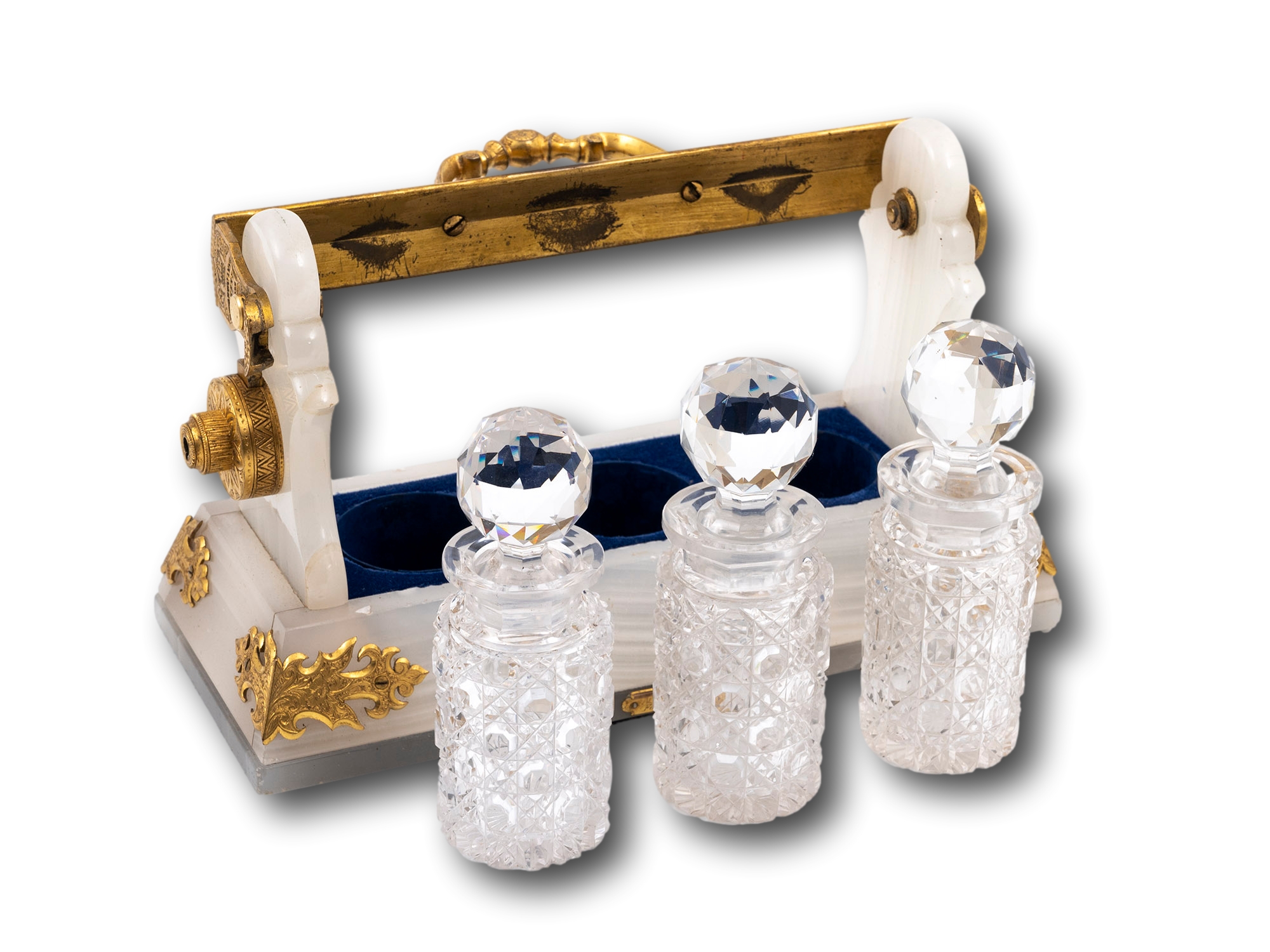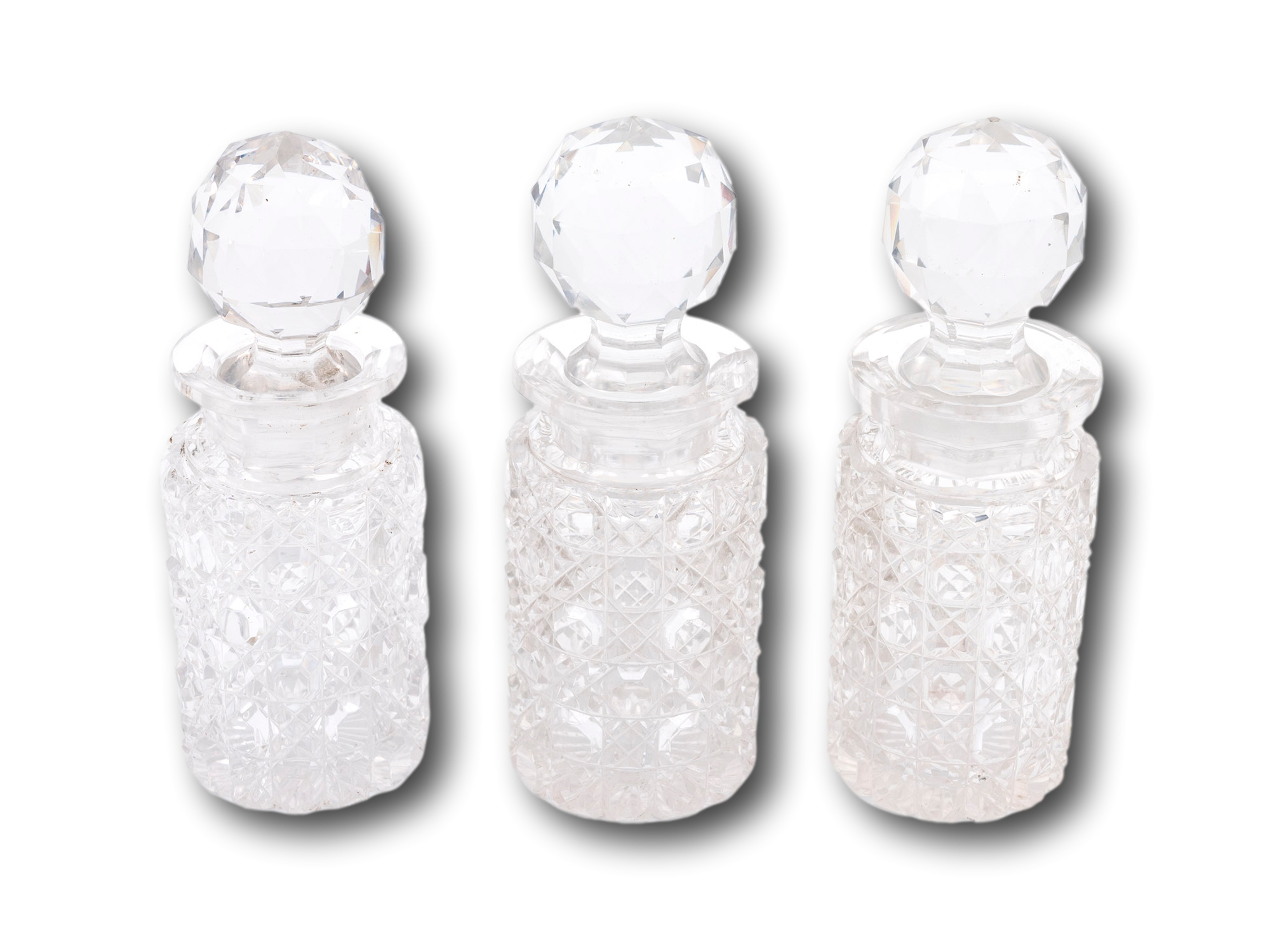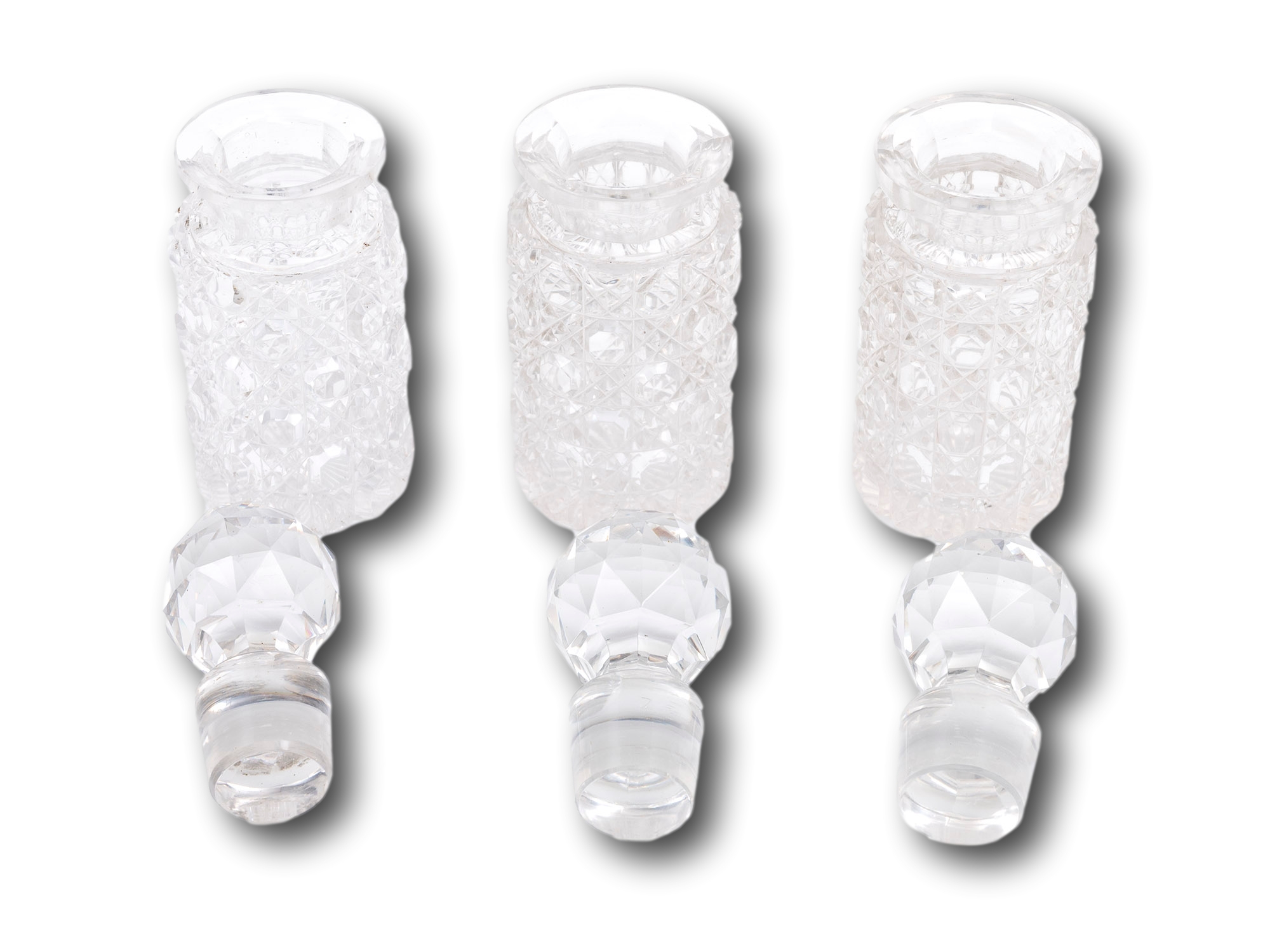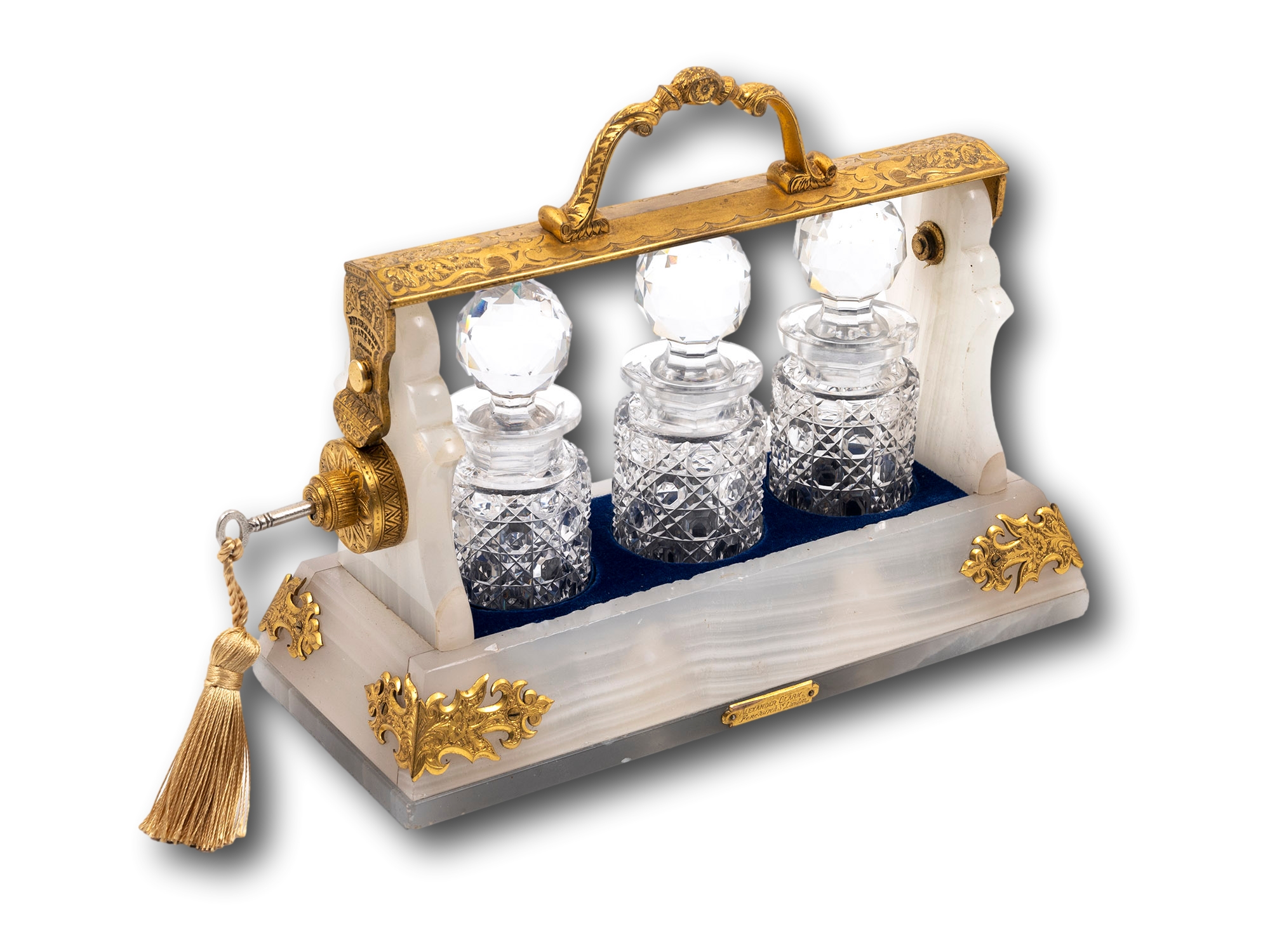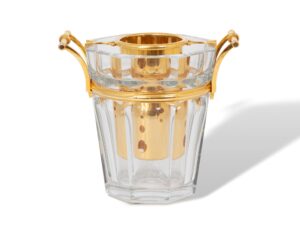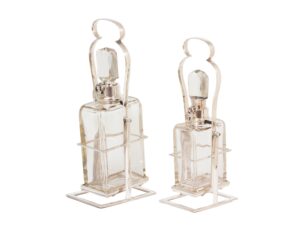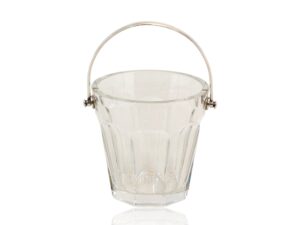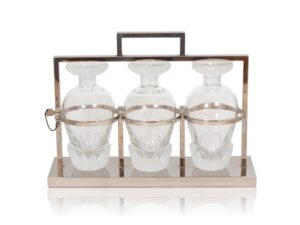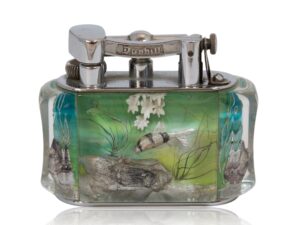Art Nouveau Tantalus Betjemann & Sons
SOLD
Unusual Sized Miniature Tantalus From our Tantalus collection, we are delighted to offer this Unusual Art Nouveau Tantalus by Betjemann & Sons. The Tantalus is of typical form however it is of rare miniature size measuring only 22cm high x... Read More
Ormolu Mounted Onyx
| Dimensions | 26 × 11 × 22 cm |
|---|---|
| Year | |
| Medium | |
| Period | |
| Country | |
| SKU | 501130-TGCE |
Description
Description
Unusual Sized Miniature Tantalus
From our Tantalus collection, we are delighted to offer this Unusual Art Nouveau Tantalus by Betjemann & Sons. The Tantalus is of typical form however it is of rare miniature size measuring only 22cm high x 26cm wide. The Tantalus is made from white onyx with scrolling ormolu mounts and an ormolu hinged carry handle. The carry handle is beautifully engraved with scrollwork and blossoming flowers and engraved ‘The Tantalus’ to one side and ‘Betjemann’s Patent London’ to the other. To the front a small retailer’s ormolu plaque reads ‘Alexander Clark, Fenchurch Street, London’. The Tantalus features a locking mechanism to one side that when opened allows the user to hinge the handle back to allow access to the hand cut hobnail decanter bottles with faceted stoppers. The Tantalus dates to the late 19th century during the Art Nouveau period circa 1890.
The Tantalus comes complete with a working lock and tasseled key.
Betjemann & Sons George Betjemann started as an apprentice cabinet maker from a young age working for his Father in Law. In 1848, his two sons George William Betjemann and John Betjemann joined him under apprenticeships until 1846 when George William Betjemann started his own business with his two sons. In 1859 George moved to a new premises on Pentonville road, London. This was when the business became known as ‘Betjemann & Sons’. John Betjemann was grandfather of the later famous poet laureate Sir John Betjemann.
Alexander Clark was established in 1891 by Clift Alexander Mawer Clark operating from 138 Fenchurch Street, London. Around 1890 the firm’s changed name to the Alexander Clark Manufacturing Co. With consistent growth the company expanded opening a new premises at 29 Market Place, Oxford Street in 1894. It was at this time the company was joined by Robert Frederick Mosley (the son of R.F. Mosley). In 1901 Robert Frederick lived at the Clark’s Market Place workshop and the Mosleys became partners in the Clark company. From 1900 the firm were also active at the Welbeck Works on Randall Street in Sheffield and then later transferred to James Street Works, St. Paul’s, Birmingham, in 1918. In addition to these locations, the London activity moved to accommodate the growing business and now included: 29 Market Place, London (1894-1910), 188 Oxford Street, London (1900-1915), 125-126 Fenchurch Street, London (1909-1918), 38-40 Mitre Street, Aldgate, London (1921), 17 Sycamore Street, Sheffield (1921) and 38 Leadenhall Street, London (1941). In 1912 the first was converted into a limited liability company and operated under the name The Alexander Clark Co Ltd. It was at this time the firm advertised reproduction silver historical pieces. In 1914 the company had well over 600 employees acting as silversmiths, cutlers and even specialising in mounting precious stones. They specialised in the production of silver, electroplate, cutlery and high-quality leather goods. They also produced their own brand of silverplate called ‘Welbeck Silver Plate’, and they marked these pieces with ‘Welbeck’. By 1918 the company started manufacturing in Birmingham, after the First World War and later went on to produce stainless steel flatware, continuing with the firm’s name until the 1940s.
Art Nouveau was an international style of art and architecture, especially the decorative arts. It was inspired by natural forms such as the curves of plants and flowers. Other characteristics of Art Nouveau were a sense of dynamism, movement and the use of modern materials particularly iron, glass and ceramics to create unusual forms. It was popular between 1890 and 1910 during the Belle Époque period and before the First World War. It was a reaction against the academic art, eclecticism and historicism of 19th century architecture and decoration.
Tantalus, the origin traces back to the 19th century in England when a German born cabinetmaker George Betjemann patented the Tantalus model in 1881 (UK Patent 58948). Betjemann & Sons had workshops at 34–42 Pentonville Road, London from the 1830s specialising in high quality Boxes for various uses and Decanter sets including the Tantalus. The name ‘Tantalus’ is a reference to the unsatisfied temptations of the Greek mythological character Tantalus, son of Zeus. It is told that he was trapped in Tartarus, made to stand in a pool of water beneath a fruit tree with low hanging branches. The fruit would forever elude his grasp and the pool would recede before he was able to quench his thirst. The story is in reference to the lockable aspect of the Tantalus eluding anyone trying to access the decanters without the key.
With every purchase from Mark Goodger Antiques, you will receive our latest catalogue, a Certificate of Authenticity, detailed care instructions for your chosen piece and an independent invoice (for insurance purposes) will be enclosed. As well as being protected by a no-hassle, money-back policy, your piece will be entirely insured during the shipping process to ensure the safety of your item.
Additional information
Additional information
| Dimensions | 26 × 11 × 22 cm |
|---|---|
| Year | |
| Medium | |
| Period | |
| Country | |
| SKU | 501130-TGCE |

